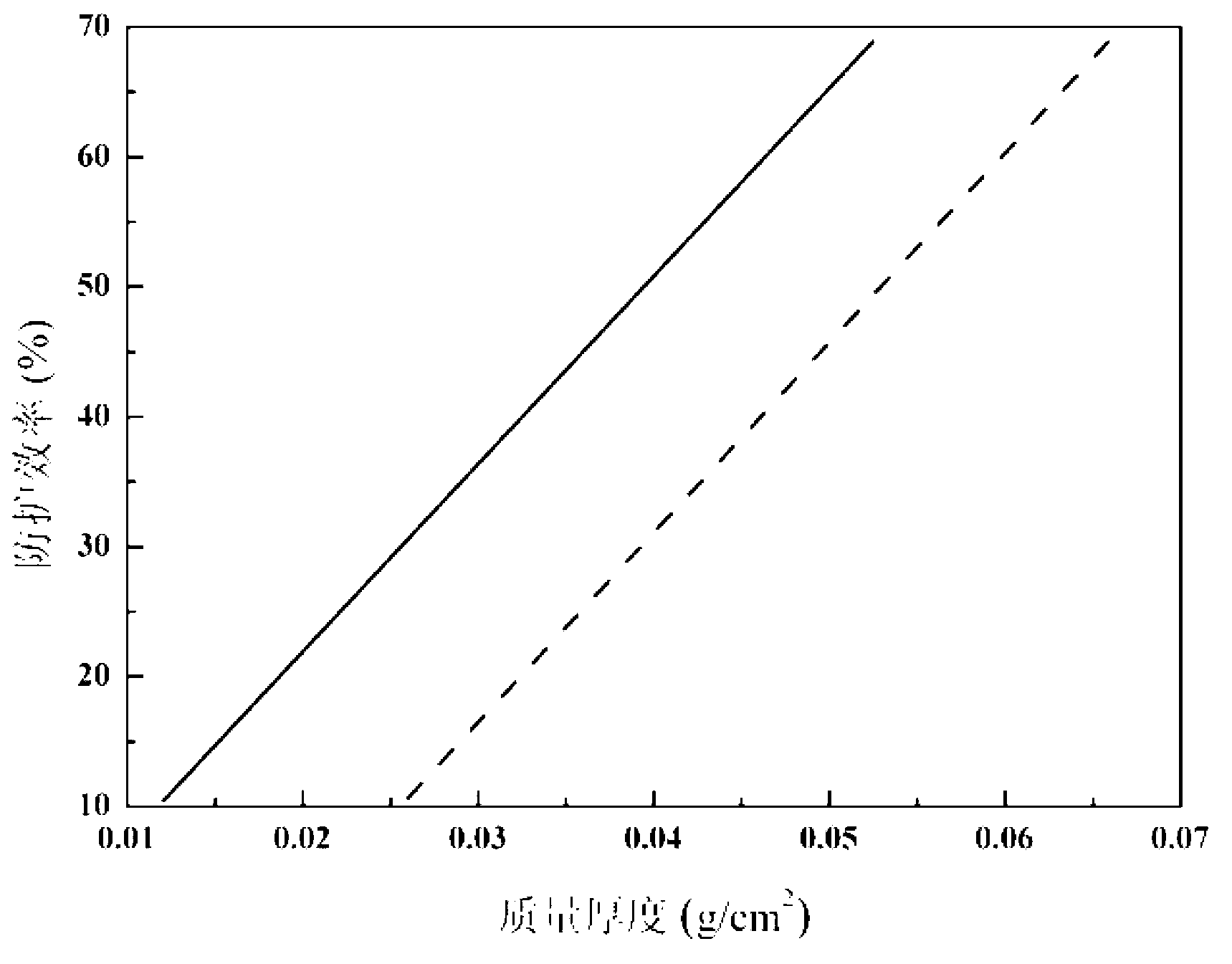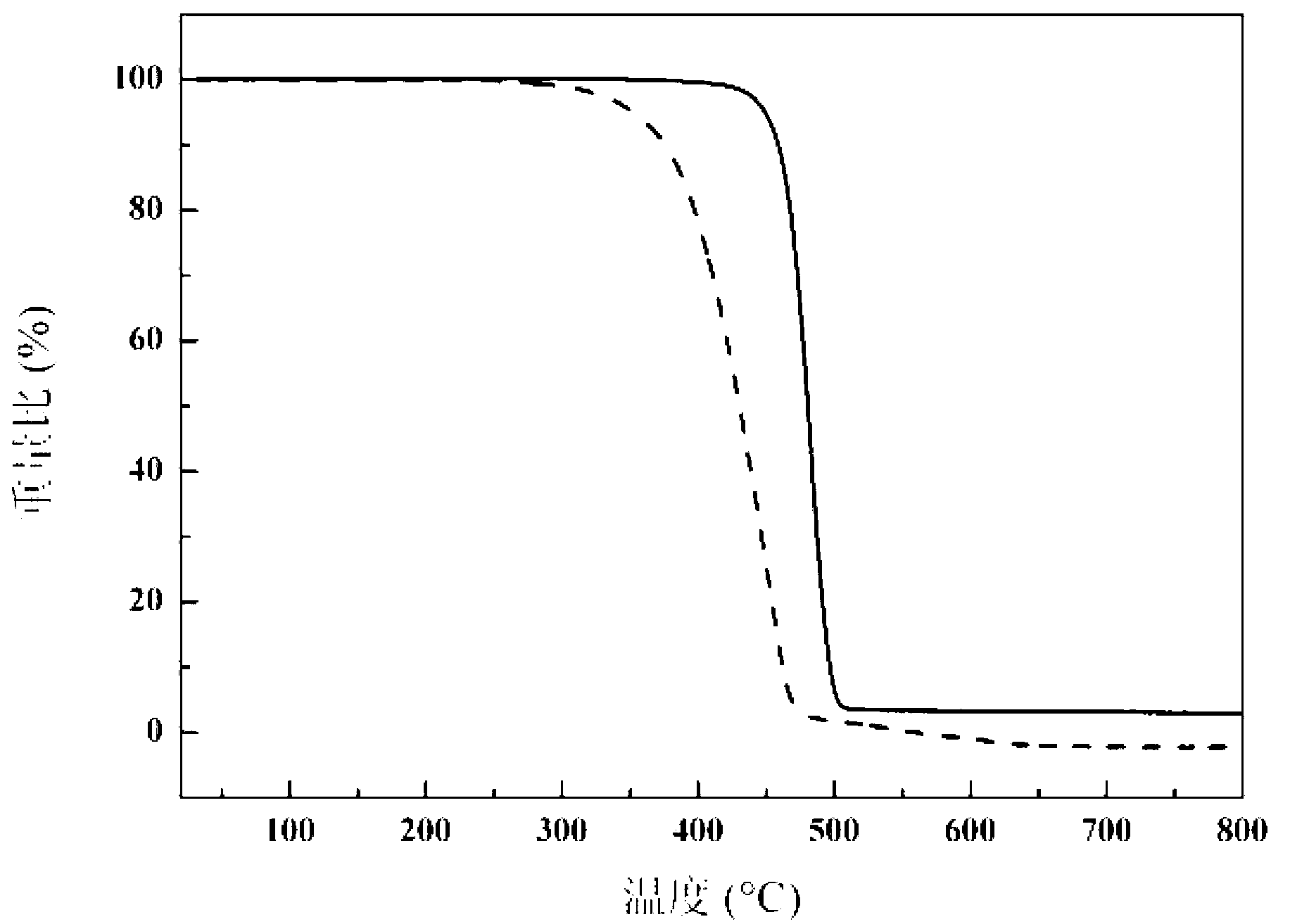Polyethylene composite material for doped carbon nanotube for space proton radiation protection as well as preparation method and application of same
A technology of carbon nanotubes and proton radiation, applied in reactors, shielding, nuclear engineering, etc., can solve the problems of high density of aluminum protective layer, heavy weight, and restricted use range, etc. Effect of Proton Efficiency Improvement
- Summary
- Abstract
- Description
- Claims
- Application Information
AI Technical Summary
Problems solved by technology
Method used
Image
Examples
specific Embodiment approach 1
[0021] Specific embodiment 1: This embodiment is a polyethylene composite material doped with carbon nanotubes for space proton radiation protection, which is composed of 1 to 100 parts of polyethylene resin and 1 to 50 parts of carbon nanotubes in parts by weight. Nanotubes and 0.5-20 parts of coupling agent are prepared.
[0022] Carbon nanotubes are added to the polyethylene composite material doped with carbon nanotubes for space proton radiation protection in this embodiment, which can better prevent polyethylene cracking and improve the proton protection effect of the material.
[0023] This embodiment has the following advantages: 1. The radiation protection material prepared by the preparation method of the polyethylene composite material doped with carbon nanotubes for space proton radiation protection provided by this embodiment, because polyethylene is used as the radiation protection material The protective material greatly reduces its density, effectively solving ...
specific Embodiment approach 2
[0024] Specific embodiment two: the difference between this embodiment and specific embodiment one is: the composite material is composed of 20-95 parts of polyethylene resin, 2-30 parts of carbon nanotubes and 1 part by weight. Parts ~ 15 parts of coupling agent prepared. Others are the same as in the first embodiment.
specific Embodiment approach 3
[0025] Embodiment 3: The difference between this embodiment and Embodiment 1 or 2 is that the density of the polyethylene resin is 0.900 g / cm 3 ~0.980g / cm 3 . Others are the same as in the first or second embodiment.
PUM
| Property | Measurement | Unit |
|---|---|---|
| density | aaaaa | aaaaa |
| particle size | aaaaa | aaaaa |
| particle diameter | aaaaa | aaaaa |
Abstract
Description
Claims
Application Information
 Login to View More
Login to View More - R&D
- Intellectual Property
- Life Sciences
- Materials
- Tech Scout
- Unparalleled Data Quality
- Higher Quality Content
- 60% Fewer Hallucinations
Browse by: Latest US Patents, China's latest patents, Technical Efficacy Thesaurus, Application Domain, Technology Topic, Popular Technical Reports.
© 2025 PatSnap. All rights reserved.Legal|Privacy policy|Modern Slavery Act Transparency Statement|Sitemap|About US| Contact US: help@patsnap.com



